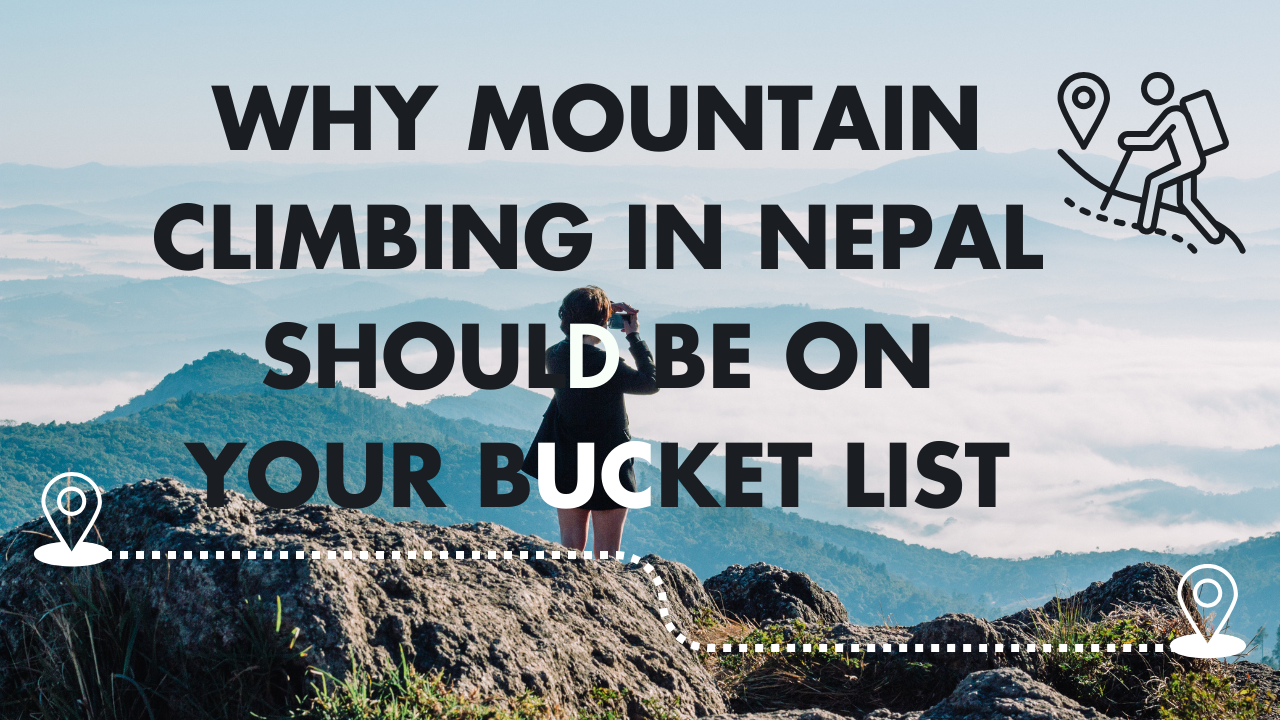People immediately see Nepal as a place with tall, snow-capped peaks. However, climbing here is a cultural immersion experience rather than only a physical endurance test. Mountain climbing in Nepal transforms your journey into a deeply human experience, where each step on the routes, every interaction with the local villages, and each traditional rite you observe enriches your adventure beyond the physical challenge.
Table of Contents
The Call of the Himalayas
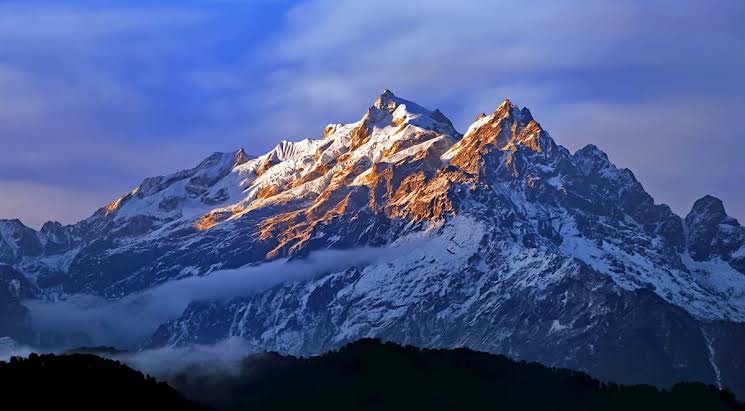
Eight of the fourteen highest mountains in the world, including the formidable Everest, are found in Nepal. However, the surge of adrenaline isn’t the only reason climbers come here. The Himalayas are frequently referred to as “the roof of the world,” a location where spirituality and environment coexist harmoniously. Mountain climbing in Nepal offers a unique experience that combines physical challenge with a deep connection to the natural and spiritual world, making it a truly unforgettable adventure.
Nepal: Land of Living Traditions
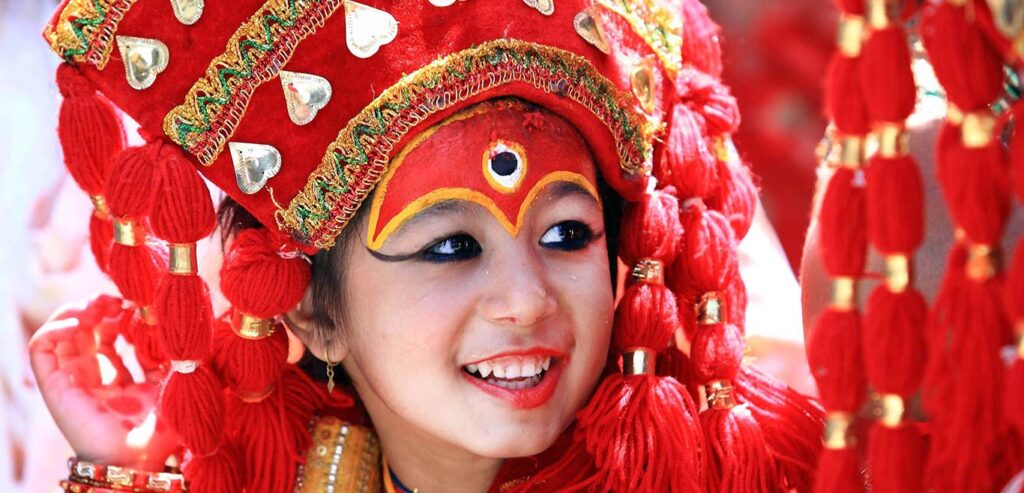
Culture thrives in Nepal, woven into every aspect of daily life. With its unique blend of Hindu and Buddhist traditions, every village carries centuries-old customs. For climbers, this means your journey isn’t just vertical—it’s also cultural.
Spiritual Connection with the Mountains
To locals, the mountains are not just geological giants; they are gods. Everest is called Sagarmatha in Nepali and Chomolungma in Tibetan, meaning “Mother Goddess of the World.” Climbing, therefore, is not only a sport but also a spiritual journey.
The Sherpa Community: Guardians of the Peaks
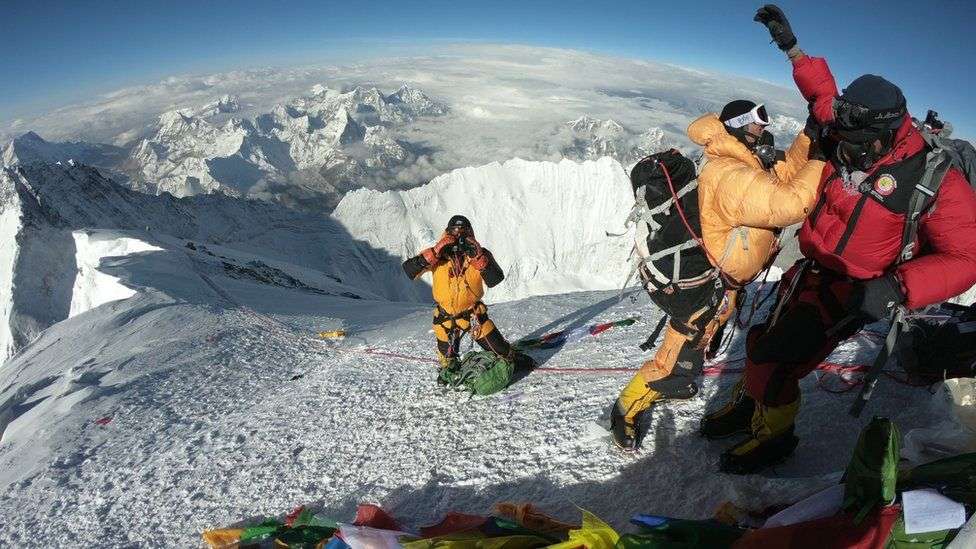
Mountain climbing in Nepal would not be the same cultural experience without the Sherpas. They are known for their unmatched climbing skills and tenacity, and they have a strong Buddhist tradition. Their kind hospitality and knowledge of the mountains make every trip safer and more enjoyable.
Traditional Blessings Before Expeditions
It is customary to do a puja ceremony before to starting a climb. Gathering around a stone altar, climbers and Sherpas offer food, incense, and prayers to the mountain gods for protection. A lovely and humble ceremony, prayer flags are hoisted aloft and carry blessings on the breeze.
Festivals in the Mountains
Festivals light up even the remotest Himalayan villages. During Dashain and Tihar, families exchange blessings, decorate homes, and share feasts. In high-altitude monasteries, Mani Rimdu is celebrated with masked dances and prayers, leaving climbers awestruck at the harmony between faith and festivity.
Cultural Etiquette for Travelers
When Mountain climbing in Nepal, showing respect is key. Removing shoes before entering homes or monasteries, greeting with a polite “Namaste,” and dressing modestly in villages all go a long way. Small gestures earn immense goodwill.
Traditional Music and Dance in Mountain Villages
Evenings in the mountains often echo with the beats of the madal drum and the soulful notes of the sarangi. Locals perform dances that tell stories of gods, harvests, and community life—an authentic way to experience Nepalese joy.
Local Cuisine: A Taste of Nepal
“Dal Bhat power, 24-hour!”—a phrase you’ll hear often. The national meal of rice, lentils, and vegetables fuels both locals and climbers alike. Add to this warm cups of yak butter tea, momos (dumplings), and Tibetan bread, and you’ll never climb on an empty stomach.
Handicrafts and Souvenirs
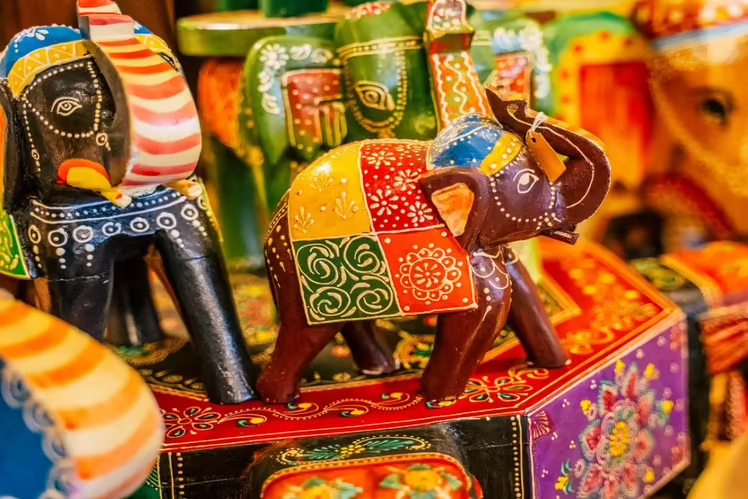
Climbers often return home with more than memories. Villages along the trails sell thangka paintings, intricately designed jewelry, and handwoven scarves. Each item carries stories of tradition and craftsmanship passed down for generations.
Sustainable Tourism and Respecting Traditions
Climbing responsibly means more than minimizing waste—it’s also about preserving culture. Supporting local homestays, buying handmade goods, and participating in cultural activities ensures that your journey benefits the communities who call the Himalayas home.
Stories from Climbers Who Immersed in Culture
Many climbers share that their most memorable experiences weren’t reaching summits but sharing tea with Sherpa families, dancing at festivals, or receiving a monk’s blessing. These moments often outshine the physical challenges.
Why Culture Enhances the Climbing Experience
Climbing without culture is like reading only half the book. The Himalayan peaks test your body, but the people, traditions, and rituals touch your soul. Together, they create an experience you’ll cherish for a lifetime.
Also visit:
Planning Your Perfect Road Trip in Australia
Top 10 Wildlife Safaris in Africa You Must Experience
Planning Your Dream Wildlife Safari in Africa
The Magic of Wildlife Safaris in Africa: What to Expect
Conclusion
Mountain climbing in Nepal is not just about conquering peaks—it’s about embracing traditions, sharing smiles with locals, and honoring the sacred connection between humans and nature. When adventure meets culture, every climb becomes unforgettable.

